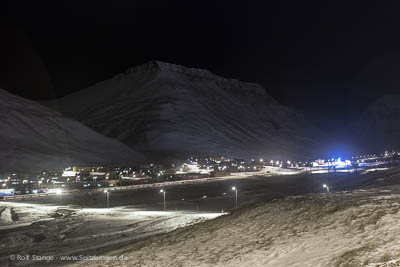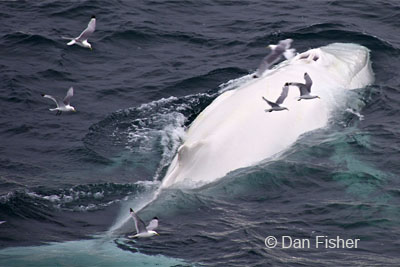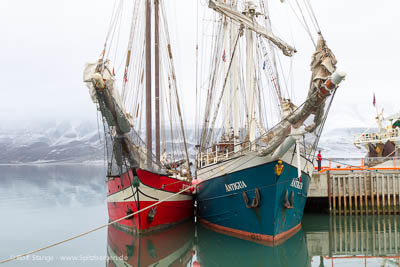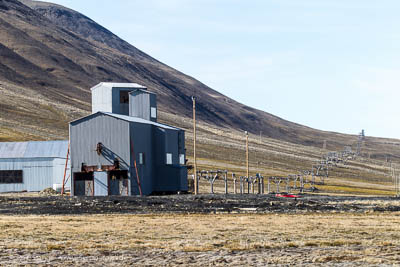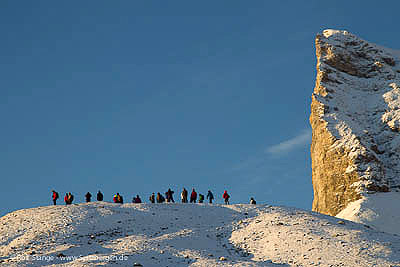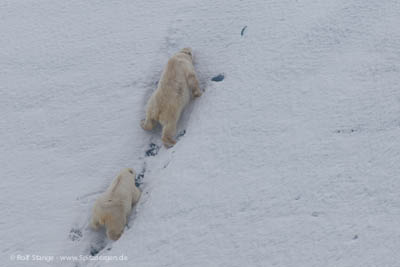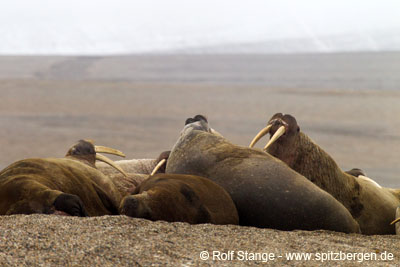-
current
recommendations- Liefdefjord
New page dedicated to one of Spitsbergen's most beautiful fjords. Background information and many photos.
- New Spitsbergen guidebook
The new edition of my Spitsbergen guidebook is out and available now!
- Liefdefjord
New page dedicated to one of Spitsbergen's most beautiful fjords. Background information and many photos.
Page Structure
-
Spitsbergen-News
- Select Month
- June 2025
- May 2025
- April 2025
- March 2025
- February 2025
- January 2025
- December 2024
- November 2024
- October 2024
- September 2024
- August 2024
- July 2024
- June 2024
- May 2024
- April 2024
- March 2024
- February 2024
- January 2024
- December 2023
- November 2023
- October 2023
- September 2023
- August 2023
- July 2023
- June 2023
- May 2023
- April 2023
- March 2023
- February 2023
- January 2023
- December 2022
- November 2022
- October 2022
- September 2022
- August 2022
- July 2022
- June 2022
- May 2022
- April 2022
- March 2022
- February 2022
- January 2022
- December 2021
- November 2021
- October 2021
- September 2021
- August 2021
- July 2021
- June 2021
- May 2021
- April 2021
- March 2021
- February 2021
- January 2021
- December 2020
- November 2020
- October 2020
- September 2020
- August 2020
- July 2020
- June 2020
- May 2020
- April 2020
- March 2020
- February 2020
- January 2020
- December 2019
- November 2019
- October 2019
- September 2019
- August 2019
- July 2019
- June 2019
- May 2019
- April 2019
- March 2019
- February 2019
- January 2019
- December 2018
- November 2018
- October 2018
- September 2018
- August 2018
- July 2018
- June 2018
- May 2018
- April 2018
- March 2018
- February 2018
- January 2018
- December 2017
- November 2017
- October 2017
- September 2017
- August 2017
- July 2017
- June 2017
- May 2017
- April 2017
- March 2017
- February 2017
- January 2017
- December 2016
- November 2016
- October 2016
- September 2016
- August 2016
- July 2016
- June 2016
- May 2016
- April 2016
- March 2016
- February 2016
- January 2016
- December 2015
- November 2015
- October 2015
- September 2015
- August 2015
- July 2015
- June 2015
- May 2015
- April 2015
- March 2015
- February 2015
- January 2015
- December 2014
- November 2014
- October 2014
- September 2014
- August 2014
- July 2014
- June 2014
- May 2014
- April 2014
- March 2014
- February 2014
- January 2014
- December 2013
- November 2013
- October 2013
- September 2013
- August 2013
- July 2013
- June 2013
- May 2013
- April 2013
- March 2013
- February 2013
- January 2013
- December 2012
- November 2012
- October 2012
- September 2012
- August 2012
- July 2012
- June 2012
- May 2012
- April 2012
- March 2012
- February 2012
- January 2012
- December 2011
- November 2011
- October 2011
- September 2011
- August 2011
- May 2011
- April 2011
- March 2011
- February 2011
- January 2011
- December 2010
- November 2010
- September 2010
- August 2010
- July 2010
- June 2010
- May 2010
- April 2010
- March 2010
- February 2010
- November 2009
- October 2009
- August 2009
- July 2009
- June 2009
- May 2009
- April 2009
- March 2009
- February 2009
- January 2009
- December 2008
- November 2008
- October 2008
- August 2008
- July 2008
- June 2008
- May 2008
- April 2008
- March 2008
- February 2008
- April 2000
- Select Month
-
weather information
-
Newsletter

| Guidebook: Spitsbergen-Svalbard |
Home
→ October, 2012
Monthly Archives: October 2012 − News & Stories
Dark nights and blue notes in Longyearbyen
Friday, October 26, was the official onset of the polar night. The sun will remain behind the horizon until February 15. Because of the mountains surrounding Longyearbyen, the sun will not be seen again in town before around March, 08.
The beginning of the polar night is traditionally the time for the “Dark Season Blues Festival”, featuring local, Norwegian and international Blues acts. From Friday to Sunday, good, handmade music can be seen and heard in Longyearbyen’s pubs.
Longyearbyen in the beginning of the polar night.
White whales and grey weather
And what else did the summer bring in Spitsbergen? Negative stories include the lethal accident at Esmarkbreen (see August news, no further details known so far) and the loss of a private sailing boat at the north coast (see September news), luckily without loss of life.
Beyond this, the summer was largely characterized by unnormally warm water in Spitsbergen’s fjords and around the coasts, which led to a record loss of sea ice in the area and possibly also to the rather grey weather that prevailed through most of the season.
These sub-arctic water masses may also have brought whales up, which were seen around Spitsbergen in unusually large numbers. Especially Humpback whales were observed regularly, mostly in eastern parts of Spitsbergen and often several dozens of them. The most spectacular sighting was probably a completely white individual. White Humpback whales are not unknown to science, but extremely rare.
Dan Fisher, crewmember on SV Antigua, managed to get some exciting photos of this rare animal. Click here for a larger version of the image below.
White Humpback whale in southern Hinlopen Strait, August 11, 2012. © Dan Fisher.
Source: personal communication.
End of 2012 summer season
The summer season of 2012 is now really over. A few days ago, SV Antigua and SV Noorderlicht have left Spitsbergen as the last ships that sailed with passengers during the summer. Noorderlicht is on her way to Lofoten to continue cruising there, whereas Antigua has set course for her homeport of Franeker in the Netherlands. All other ships have already left in late August or September.
SV Noorderlicht has actually left relatively “early” this year: in recent seasons, she used to continue in Spitsbergen into late October or even the first days of November, into the first days of the polar night.
Antigua and Noorderlicht next to each other in the port of Longyearbyen, September 21.
Vandalism on historical “vinkelstasjon” near Longyearbyen
Vandalism is a relatively rare phenomenon in Spitsbergen, but not unheard of. In late September, minor damage was done on “vinkelstasjon”, which is near the road in Adventdalen, east of Longyearbyen and in the entrance to Endalen. The Vinkelstasjon was part of the cableway that was used to transport coal from the mines to the harbour. It has been put of of use long ago. Today, it is protected as part of Spitsbergen’s cultural heritage. Two years ago, some minor repair work was done and subsequently, an illumination system was installed, which is controversial and does not work properly.
In late September, some of the new windows were thrown in and some dirty graffiti was left behind. The Sysselmannen are inquiring.
Vinkelstasjon and coal cableway in the entrance to Endalen.
Source: Sysselmannen
Tourism in Spitsbergen: stable since 5-6 years
Numbers in tourism have been rather stable in Spitsbergen for the latest 5-6 years, if not decreasing. The number of overnights has varied little, having been between 83,000 and 89,000 for 6 years. The year that has seen the largest number of passengers on big overseas cruise ships was 2007 with 33,000 who came this way. Since then, numbers have dropped down to 24,000 in 2011. Numbers of passengers who came to see Spitsbergen on smaller expedition cruise ships have increased slightly.
The numbers within land-based ways of tourism are either more or less stable or decreasing. From 1997 to 2011, between 400 and 750 persons have been travelling individually outside administration area 10 (more or less near the settlements, where registration is not compulsory), but no trend can be seen. Snow scooter tourism is stable, whereas non-motorized winter tourism such as ski tours and dog sledging are on the decrease, possibly as some specialized local operators have downsized or stopped their relevant activities.
Tourists at Alkhornet (Trygghamna, Isfjord).
Sources: Reiselivsstatistikk 2011, Sysselmannen.
Dutch expedition to Edgeøya in 2014
The Arctic Centre of the University of Groningen (The Netherlands) is planning a scientific expedition to Edgeøya during 10 days in late July/early August 2014 with MV Ortelius. The expedition is open for scientists, artists and polar enthusiasts. The expedition is organized by, amongst others, Maarten “Mr. Barnacle Goose” Loonen from the Arctic Centre in Groningen, also leader of the Dutch scientific station in Ny Ålesund.
The expedition is following historical footsteps: in 1968-69, Dutch biologists spent a year at Kapp Lee on Edgeøya.
Get in touch with the project if you are interested to participate or in sponsoring.
Kapp Lee on Edgeøya, where Dutch scientists wintered in 1968-69.
Chasing polar bears with helicopter in the name of science
An observation of a female polar bear together with a cub at Nordenskjöldbreen, opposite Pyramiden north of Longyearbyen, did not go as expected. The animals had been observed many times during the summer, always behaving neutrally or curiously towards smaller ships. In late September, however, they were quickly scared and ran away.
Not much later in Longyearbyen, the secret behind the changed behaviour could be revealed. Scientists who put their interest in taking samples higher than the well-being of the animals had chased them over kilometres with a helicopter to tranquilize them. The chase was observed by Czech scientists.
On the run: Polar bear family on Nordenskjöldbreen. The animals went up this steep, snow-covered ice wall at considerable pace. Both are well fed.
Source: Own observation, local contacts.
Norwegian coastguard and Sysselmannen flying low over walrus colony
On June 24, a group of tourists and guides approached a walrus herd hauled out on Nordaustland, when a small plane appeared, flying repeatedly very low over the walrusses which started to show signs of panic. The plane, a Dornier 228, was flying for the Norwegian coastguard, who „controlled“ cruise ships and contacted them to gather information about the numbers of passengers and crew on board; information which the Sysselmannen has from the mandatory application process prior to all cruises.
Normally, it is the Sysselmannen who controls tourist traffic and not the coastguard. It is not known why, in this case, the coastguard took the job. A Sysselmannen representative was also on board the aircraft.
According to the Svalbard environmental act, all traffic has to be done in such a way to minimize disturbance of humans and animals. All aircraft have to keep a distance of 6000 feet from known walrus colonies. The actual distance in this incidence was a small fraction of 6000 feet.
According to the Sysselmannen, the required distance was possibly „forgotten“. The incident does not seem to have consequences for those involved beyond a gentle reminder of legal requirements.
Walrus colony, Nordaustland.
Source: Svalbardposten (3812)
News-Listing live generated at 2025/June/15 at 07:14:14 Uhr (GMT+1)
